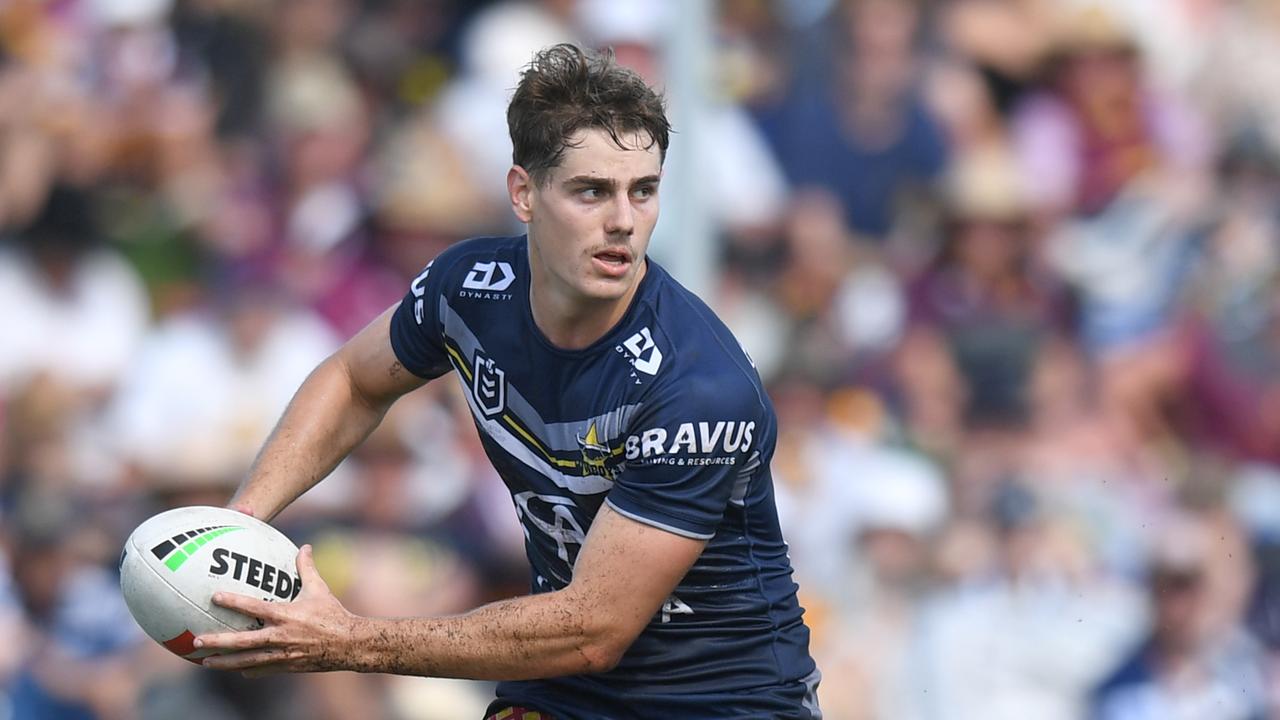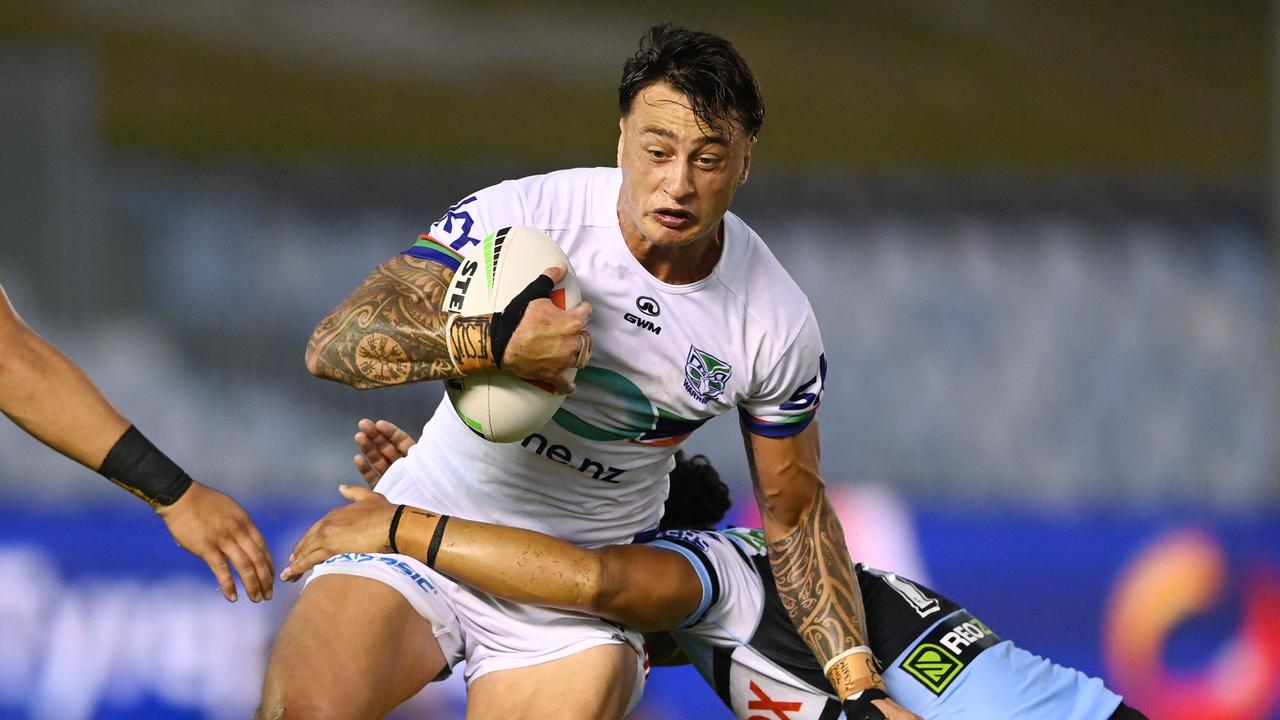NRL SuperCoach 2019: 10 things we learned from last season
With NRL SuperCoach launching at midnight tonight, we reveal the 10 things we learned from possibly the craziest SuperCoach season yet.
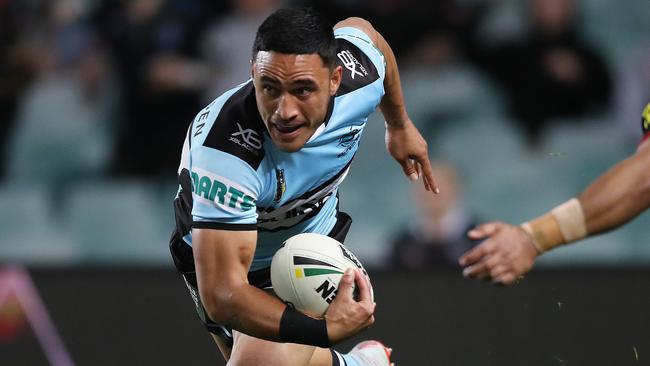
SuperCoach
Don't miss out on the headlines from SuperCoach. Followed categories will be added to My News.
2018 was a weird year in the NRL, and it was an even weirder year in SuperCoach.
Adjusting to a new bye period structure, seeing the emergence of a new brigade of SuperCoach stars, watching the decline and/or retirement from the NRL of even more SuperCoach stalwarts… a lot went down last year!
There’s no better time to reflect on the lessons of 2018 than on the eve of the season launch for 2019 so here are the top 10 things we learned from last year.
SUPERCOACH LAUNCHES AT MIDNIGHT TONIGHT!!!
1. The Year of the Fullback / Second Row Forward
2018 saw an interesting finish in the SuperCoach standings with four of the top 10 averaging players being fullbacks (including Val Holmes who was a FLB/CTW dual) and another four out of the top 10 being second row forwards. Tom Trbojevic, James Tedesco, Kalyn Ponga and Valentine Holmes were incredible, even if all four saw some down periods throughout the year.
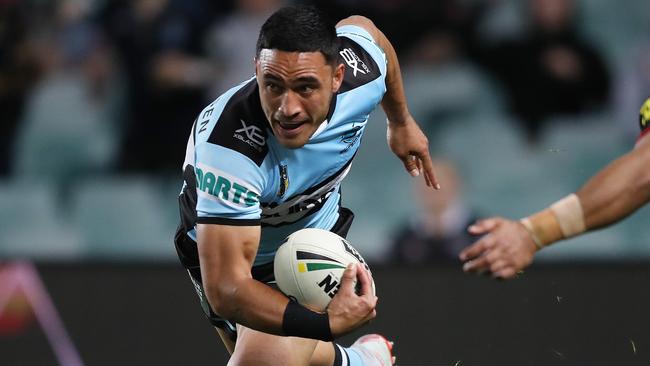
Jake Trbojevic, Angus Crichton, Rhyse Martin and of course Jason Taumalolo were the standout 2RFs and again, although not dominant all season (especially not Martin, since he debuted halfway through the year) they still put up great points for the majority of the season. As an aside, the other two highest averaging players were a hooker and a front row forward – Damien Cook and Andrew Fifita.
2. Premium Front Row Forwards are few and far between
If you played last year, you would have felt how difficult it was to fill the starting FRF positions for most of the season. Outside of Andrew Fifita and Marty Taupau, there were no other FRFs in the top 15 SuperCoach options in terms of averages.
Joseph Tapine (who qualifies due to his former FRF/2RF dual position status) snuck in at 19th and Ryan James at 20th for the season. Fast forward to 2019, and the situation is much the same, if not even worse due to some other top scoring FRFs (i.e. Tapine and Kikau) losing their dual position status.
LISTEN! Resident SuperCoach experts Tom Sangster and Tim Williams have the lowdown on the players to target and avoid in 2019.
3. New team, new coach, new position = new opportunity
The biggest story of SuperCoach in 2018 was Damien Cook. Some savvy SuperCoaches had already kept an eye on Cook from a few years ago, when he showed some serious SuperCoach potential when he played three 80 minute games in Rounds 24 to 26 in 2015 – scoring 88, 89 and 77. Then, in 2016 he was given another opportunity in Rounds 22 to 26, playing the full game in all of those games and averaging an impressive 61.6 points per game.
All Cook needed was an opportunity, and it took a new team AND a new coach for that to happen. And the rest, as they say, is history. The lesson here? Look to players who could benefit due to a change in scenery, or a change in coach.
With the coaching merry-go-round that was the 2018 offseason, there’s PLENTY to look at here as we all search for the Damien Cook of 2019!
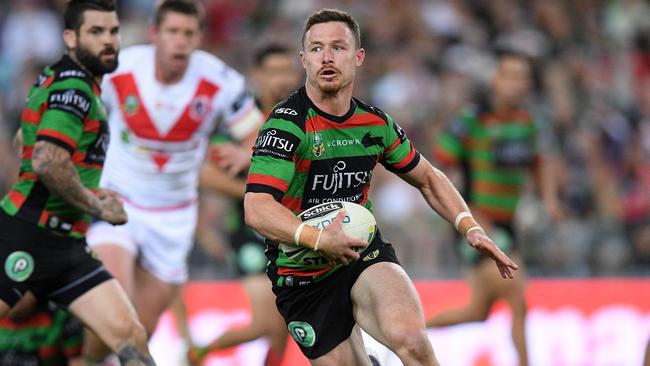
4. New team, new coach, new position = delayed opportunity
Sometimes these potential new opportunities for players sound good on paper in the preseason, and the hype train hits overdrive before Round 1 teams drop. How often does this hype quickly fizzle out over the opening month, and the excitement is replaced by frustration and even anger in some circumstances! We see it every year but especially in 2018, as attacking guns switched to teams with a less potent attack (Tohu Harris), or took some time to gel with a new halfback (Tohu Harris), or maybe to adjust to a new skill position.
Who could forget the mid-season, permanent switch of Val Holmes to fullback, after a lacklustre start to the year where he bounced back and forth from wing to fullback and back again. The switch saw him later pick up the goalkicking, and then average a ridiculous 88.5 points per game from Round 14 to the end.
There are always opportunities throughout the year and while most SuperCoach veterans admit that the majority of the year’s research happens in the preseason, it doesn’t ever really stop as we all clamour to find the Val Holmes of that year.
PLAYERS IN FOCUS
WILL WAYNE BENNETT RUIN DAMIEN COOK?
SINK OR SWIM? THE GREAT JOHNSON DEBATE
FULLBACK SWITCH PUTS MOYLAN ON SUPERCOACH RADAR
SUPERCOACHES ABANDON ANGUS CRICHTON
5. New team, new coach, new position = no opportunity
The flipside to this though is that some current SuperCoach studs could be adversely affected too. The story of Bryce Cartwright, from a SuperCoach perspective only, is sad to say the least. Think back to 2016, as the Carty Party got started, offloading his way to a 70+ average for the season while cementing his place on Tom Sangster’s bedroom wall (as a poster, of course). We saw a shadow of the same player in 2017. Off field distractions affected him greatly, and the Carty Party quickly died out without much of a whimper, finishing the year with a sub-30 average. The shift to the Titans was meant to fix this – away from the media attention in Sydney, back with the coach who supported him in the junior grades and with an opportunity for a fresh start… nope. That didn’t work out so well, as he finished the year with an even lower, sub-25 average, and often was out of the first grade side.
SuperCoach success is about seeing not just who the breakout players are, but also who the declining players will be.
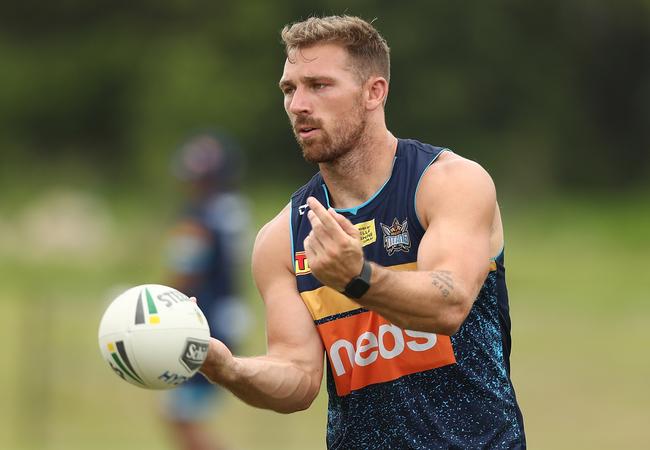
6. Father Time remains undefeated
SuperCoach stalwarts are often worshiped by serious SuperCoach players in ways which are often disproportional to their on-field ability. As great of a player that Corey Parker was, for all his Queensland and Australian jerseys, his many Broncos player records, he will never be in the reckoning for selection as a Rugby League Immortal. However, he is a guaranteed selection as an all-time SuperCoach Immortal, no questions asked. But even SuperCoach Immortals are slowed down by Father Time, as we saw in Corey Parker’s final season.
Apply this to Messrs Gallen, Mannering, Cooper, Lewis and most critically, Smith. Cameron Smith’s decline was as sudden as it was unexpected, with many pundits (including yours truly) expecting another dominant season from Smith at the hooker position. Not only did he decline, but he was well and truly overshadowed by Cook at the same time. Which other players are getting on in years and ready for SuperCoach retirement…?
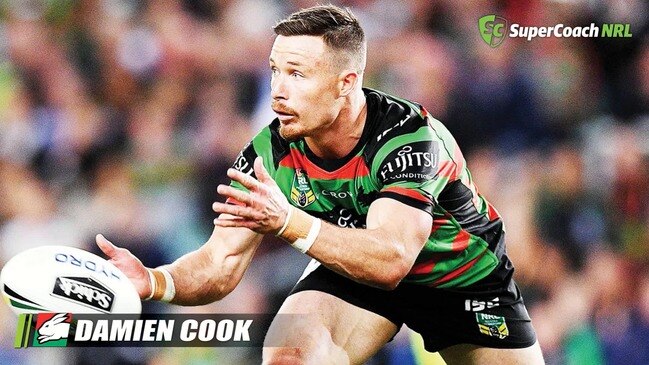
7. Centre/Wing is still the toughest position in SuperCoach
2016 seems a lifetime ago, when there were two CTW options in the top 10 averaging players across the season. 2017 saw that drop back to one, with one more in the top 20, but fast forward to 2018 and we’re back to the old days, with the highest CTW option (Blake Ferguson) coming in with the 11th ranked average overall. His (former) teammate, Latrell Mitchell, was 16th and after that, you had to wait until Esan Marsters down in the 30s. Now obviously I excluded Val Holmes from this section, and with even more players losing CTW eligibility it is becoming more and more difficult to find four reliable starters each week for your 17. It would not be surprising if the 2019 SuperCoach overall winner is the one who successfully navigates the CTW position the best.
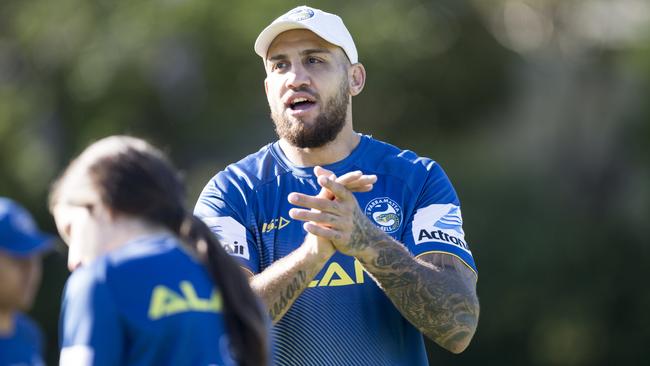
8. The regression of the halves positions
Speaking of tough, regressing positions, let’s look at the conspicuously absent halfback and five eighth positions from our top averaging players list. Gone are the days when at least four to six of the top 20 averages were halfback or five-eighth eligible players (both 2016 and 2017 featured this) and often we’d find at least one or two in the top 10. In 2018, we had just the single representative in the top 15 (Shaun Johnson at 13th highest, scoring an average of 64.4 points per game) before the next two best options of Daly Cherry-Evans and Nathan Cleary all the way down at 25th and 26th with an average of 61.7 points per game.
Even more interesting is the fact that the top halves would often average 70-75 points per game in previous seasons – which means we saw a drop of over 10 points per game for almost all the halves last year! Figuring out the reason for this could be the key to unlocking the best halves to pick for 2019.
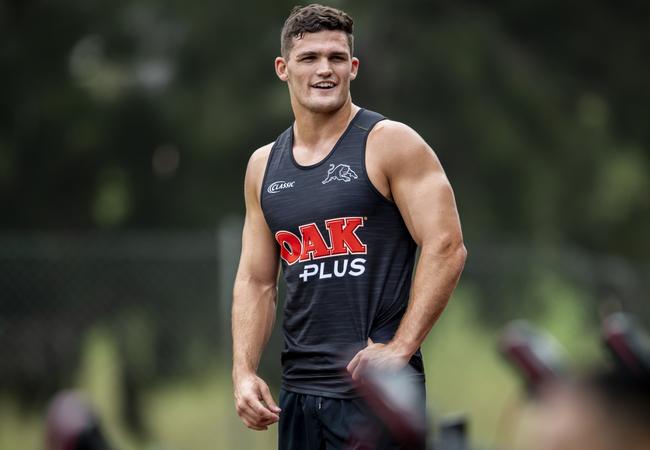
9. Draw analysis is always hit and miss
A lot of research in SuperCoach is aimed at trying to figure out where the attacking stats are going to come from, given the generous nature of how many points are awarded to attacking stats since 2013 onwards. In doing this, plenty of SuperCoaches invest hours into looking at the draw to work out which teams leak more points to the opposition and which teams are better at home or on the road.
I’m a big proponent of this myself (as my research paid dividends in 2016 as the players I’d researched and committed to responded exactly as I had planned and went large at all the right times to guide my team to overall victory). That same level of research (in terms of time and detail) has not paid off anywhere near as much in subsequent seasons, and it’s important to be aware of this fact as we are reminded of this each and every SuperCoach season.
In summary, look at the draw, but don’t obsess over it! Good SuperCoach players perform against any team.
SUPERCOACH LAUNCHES AT MIDNIGHT TONIGHT!!!
10. Trades are still your best friend in SuperCoach
Finally, the most painful lesson for many a SuperCoach (including myself) was hammered home last year in the fact that some serious PODs finished the final 5-10 rounds of the season in much, much better SuperCoach form than the rest of the season.
Of course, if you were like me you didn’t have enough trades to nab all these players who were on fire, and you also probably faded badly in the end rounds to fall out of contention of a top 100, 1,000, 5,000 or 10,000 finish (whatever your goal may have been). Not having the likes of Val Holmes (finished the last five rounds with a ridiculous 100.0 average), Tedesco (90.8 five round average), DCE (87.6), Tom Trbojevic (87.0) or Jake Trbojevic (81.0) meant that you would have slid down plenty of ranks in the final rounds, as your players would have not been able to keep up with these five absolute guns.
In other words, trades are worth their weight in gold (tons, SuperCoach tons) and you should keep some handy for the final rounds of the season.
Good luck for 2019
Hopefully there are some lessons for you to heed this year as you finalise your preparation for 2019. Enjoy the remainder of the preseason planning as the game goes live and we can choose our teams for real.

